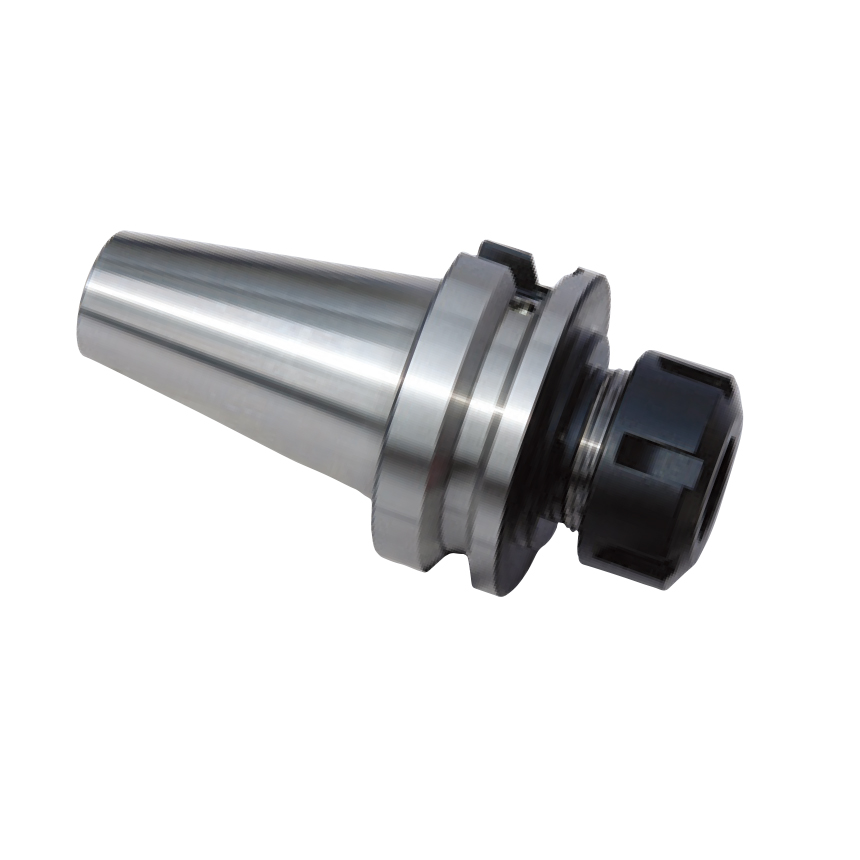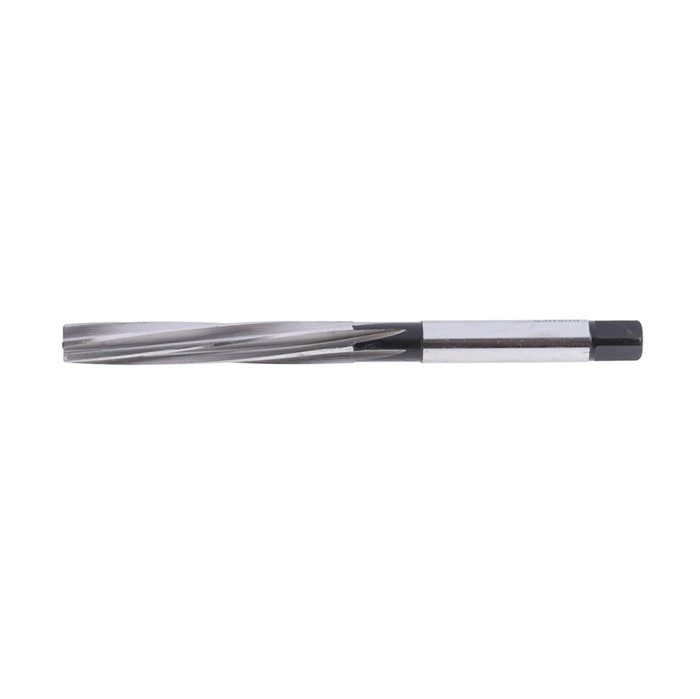thread cutting tool
Thread cutting tools are essential for creating or repairing threaded holes and fasteners. They come in various types, each designed for specific applications and materials. This comprehensive guide explores the different types of thread cutting tools, their uses, and how to choose the right tool for your project, whether you're a seasoned machinist or a DIY enthusiast.Understanding the Basics of Thread Cutting ToolsThread cutting tools are used to create threads on a workpiece. Threads are helical ridges used to fasten objects together or to transmit motion. The two primary methods for creating threads are tapping and threading.TappingTapping is the process of creating internal threads inside a hole. This is typically done with a tap, a hardened steel tool with cutting edges that removes material to form the thread. Taps can be hand-operated or machine-driven.ThreadingThreading refers to creating external threads on a cylindrical workpiece, such as a bolt. This is usually done with a die or a lathe equipped with a threading tool.Types of Thread Cutting ToolsThere are several types of thread cutting tools, each suited for different applications and materials. Understanding these differences is crucial for selecting the right tool.TapsTaps are used to create internal threads in holes. There are several types of taps:Hand TapsHand taps are designed for manual use with a tap wrench. They typically come in sets of three: Taper Tap: The first tap in the set, featuring a gradual taper to start the thread. Plug Tap: The second tap, with a less pronounced taper, used to continue the thread. Bottoming Tap: The final tap, with no taper, used to create threads to the bottom of a blind hole. These taps are excellent for general purpose threading, and ensure a clean and accurate thread form.Machine TapsMachine taps are designed for use with power tools, such as drill presses or CNC machines. They are more efficient and can handle tougher materials. Types of machine taps include: Spiral Point Taps (Gun Taps): These taps push chips forward, making them ideal for through holes. Spiral Flute Taps: These taps pull chips backward, making them suitable for blind holes. Forming Taps (Roll Taps): These taps don't cut material but rather form the threads by displacing the metal. They are stronger and produce no chips.Wayleading Tools offers a wide range of machine taps optimized for different materials and applications, ensuring precision and efficiency in your threading operations.DiesDies are used to create external threads on rods or bolts. Like taps, there are different types of dies:Round Adjustable DiesRound adjustable dies consist of two halves held together by a die stock. The size can be adjusted slightly to achieve a precise fit. These are commonly used for general-purpose threading.Hex DiesHex dies are typically used for thread chasing or cleaning up damaged threads. They are less precise than round adjustable dies but are useful for quick repairs.Button DiesButton Dies are precision-ground for accurate thread cutting. They're ideal for creating threads on shafts or rods with tight tolerances. Known for their rigidity and stability.Threading Inserts and Tool HoldersUsed in CNC lathes for creating external threads. Inserts are indexable and replaceable, providing efficient and precise threading on various materials and geometries.Choosing the Right Thread Cutting ToolSelecting the right thread cutting tool depends on several factors:MaterialThe material being threaded is a critical factor. Harder materials require tools made from high-speed steel (HSS) or carbide. Softer materials can be threaded with carbon steel tools.Thread Size and PitchThe thread size (diameter) and pitch (distance between threads) determine the required tap or die size. Ensure the tool matches the specifications of the thread needed. Common standards include: Metric (M): Uses millimeters to define the thread size (e.g., M6x1.0). Unified National Coarse (UNC): A standard coarse thread (e.g., 1/4-20 UNC). Unified National Fine (UNF): A standard fine thread (e.g., 1/4-28 UNF).Hole TypeThe type of hole (through or blind) influences the choice of tap. Spiral point taps are best for through holes, while spiral flute or bottoming taps are needed for blind holes.Tool MaterialTool materials include: Carbon Steel: Suitable for soft materials and general use. High-Speed Steel (HSS): Offers better wear resistance and can handle harder materials. Cobalt Steel: Provides even greater wear resistance and is ideal for tough materials like stainless steel. Carbide: The most durable option, suitable for high-volume production and abrasive materials.Tips for Effective Thread CuttingTo achieve the best results when cutting threads, consider these tips: Use Cutting Fluid: Cutting fluid lubricates the tool and workpiece, reducing friction and heat, and improving thread quality. Apply Proper Pressure: Apply steady, even pressure when tapping or threading. Avoid forcing the tool, as this can damage the tool or workpiece. Back Off Regularly: When tapping, back off the tap every half turn to break the chip and prevent binding. Start Straight: Ensure the tap or die is aligned correctly before starting. Use a tap wrench or die stock to maintain alignment. Clean the Tool: Keep the thread cutting tool clean from debris. Clean after each use to prevent buildup.Safety PrecautionsAlways follow safety precautions when using thread cutting tools: Wear safety glasses to protect your eyes from flying chips. Use gloves to protect your hands. Keep your work area clean and well-lit. Never use dull or damaged tools.Where to Buy Thread Cutting ToolsYou can find thread cutting tools at various suppliers, including hardware stores, industrial supply companies, and online retailers. For high-quality and reliable tools, consider exploring the offerings at Wayleading Tools. We provide a wide selection of taps, dies, and related accessories to meet your threading needs.Troubleshooting Common Threading ProblemsProblem: Tap BreakingCause: Forcing the tap, using the wrong tap for the material, insufficient lubrication.Solution: Apply steady pressure, use the correct tap, ensure adequate lubrication.Problem: Stripped ThreadsCause: Overtightening the fastener, using the wrong size tap or die, damaged threads.Solution: Use the correct torque, check the thread size, repair damaged threads with a thread chaser.Problem: Rough ThreadsCause: Dull tool, insufficient lubrication, incorrect cutting speed.Solution: Use a sharp tool, apply cutting fluid, adjust the cutting speed. Comparison of Tap Types Tap Type Material Suitability Hole Type Chip Removal Typical Application Spiral Point Tap Steel, Aluminum Through Holes Chips Pushed Forward High-speed tapping Spiral Flute Tap Steel, Stainless Steel Blind Holes Chips Pulled Backward Blind hole tapping Forming Tap Ductile Materials (Aluminum, Copper) Through & Blind Holes No Chips (Forms Threads) High-strength threads, high production ConclusionThread cutting tools are indispensable for various manufacturing and repair tasks. By understanding the different types of tools and their applications, you can choose the right tool for your project and achieve accurate and reliable results. Whether you're tapping a hole or threading a bolt, following the tips and safety precautions outlined in this guide will ensure successful threading every time. Explore high-quality thread cutting tool options and enhance your workshop capabilities with Wayleading Tools.About Wayleading Tools: With over a decade of experience in the tooling industry, Wayleading Tools is committed to providing premium quality thread cutting tools and solutions for professionals and hobbyists alike. Our dedication to innovation and customer satisfaction makes us a trusted partner for all your tooling needs.
Related products
Related products
Best selling products
Best selling products-
 R8 Round Collet With Inch and Metric Size
R8 Round Collet With Inch and Metric Size -
 HSS Metric Side Milling Cutter With Bright Or TiN And TiAlN Coated
HSS Metric Side Milling Cutter With Bright Or TiN And TiAlN Coated -
 Vernier Height Gauge For Industrial
Vernier Height Gauge For Industrial -
 Precision 2pcs Angle Blocks Set With High Quality Type
Precision 2pcs Angle Blocks Set With High Quality Type -
 CNC BT-ER Spring Collet Chuck For CNC Machine
CNC BT-ER Spring Collet Chuck For CNC Machine -
 ER Collet Set With Hight Precision Milling
ER Collet Set With Hight Precision Milling -
 Precision V Block And Clamps Set With Heavy Duty
Precision V Block And Clamps Set With Heavy Duty -
 Outside Micrometer Set Of Inch & Metric With Rachet Stop
Outside Micrometer Set Of Inch & Metric With Rachet Stop -
 HSS Involute Spline Cutter With PA30
HSS Involute Spline Cutter With PA30 -
 Type M Cone Tungsten Carbide Rotary Burr
Type M Cone Tungsten Carbide Rotary Burr -
 Precision Digital Caliper Of Metal Case For Industrial
Precision Digital Caliper Of Metal Case For Industrial -
 Single Wheel Knurling Tools With Straight Pattern For Industrial Type
Single Wheel Knurling Tools With Straight Pattern For Industrial Type











